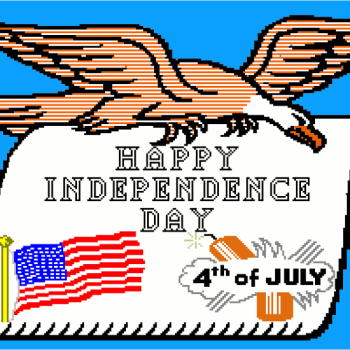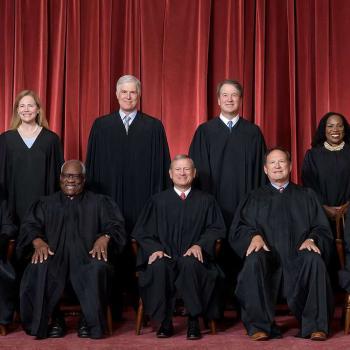If you watch old movies, read books from the first half of the 20th century, and are old enough to remember the early 1960s, you will recall that New Deal liberalism was a cheerful, optimistic creed, pro-American and working for economic prosperity. After all, liberals from Franklin Roosevelt through Hubert Humphrey were progressives, which gave them confidence that things were getting better and better. But after a certain point, liberals began to be filled with gloom and doom. America must be punished for its sins; our neglect of the environment will incur apocalyptic judgment; economic prosperity weakens our moral fiber. Conservatives used to sound that way, and did, before the sunny optimism of Ronald Reagan.
George Will discusses the shift to a “punitive liberalism” in a discussion of a book that sees the tipping point as the assassination of John F. Kennedy, even though Lee Harvey Oswald was a Communist. (I think the tipping point was the Vietnam War, but still. . . .)
From George F. Will: When liberals became scolds – The Washington Post:
Hitherto a doctrine of American celebration and optimism, liberalism would now become a scowling indictment: Kennedy was killed by America’s social climate, whose sickness required “punitive liberalism.” That phrase is from James Piereson of the Manhattan Institute, whose 2007 book “Camelot and the Cultural Revolution: How the Assassination of John F. Kennedy Shattered American Liberalism” is a profound meditation on the reverberations of the rifle shots in Dealey Plaza.
The bullets of Nov. 22, 1963, altered the nation’s trajectory less by killing a president than by giving birth to a destructive narrative about America. Fittingly, the narrative was most injurious to the narrators. Their recasting of the tragedy in order to validate their curdled conception of the nation marked a ruinous turn for liberalism, beginning its decline from political dominance.
Punitive liberalism preached the necessity of national repentance for a history of crimes and misdeeds that had produced a present so poisonous that it murdered a president. To be a liberal would mean being a scold. Liberalism would become the doctrine of grievance groups owed redress for cumulative inherited injuries inflicted by the nation’s tawdry history, toxic present and ominous future. . . .
Under Kennedy, liberalism began to become more stylistic than programmatic. After him — especially after his successor, Lyndon Johnson, a child of the New Deal, drove to enactment the Civil Rights Act , Medicare and Medicaid — liberalism became less concerned with material well-being than with lifestyle and cultural issues such as feminism, abortion and sexual freedom.
The bullets fired on Nov. 22, 1963, could shatter the social consensus that characterized the 1950s only because powerful new forces of an adversarial culture were about to erupt through society’s crust. Foremost among these forces was the college-bound population bulge — baby boomers with their sense of entitlement and moral superiority, vanities encouraged by an intelligentsia bored by peace and prosperity and hungry for heroic politics.
Liberalism’s disarray during the late 1960s, combined with Americans’ recoil from liberal hectoring, catalyzed the revival of conservatism in the 1970s. As Piereson writes, the retreat of liberalism from a doctrine of American affirmation left a void that would be filled by Ronald Reagan 17 years after the assassination.












